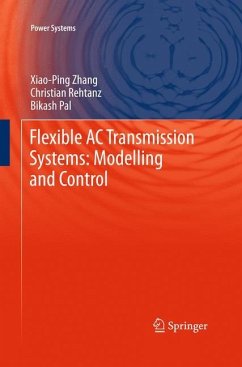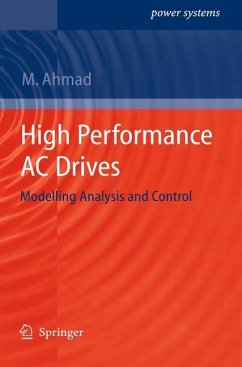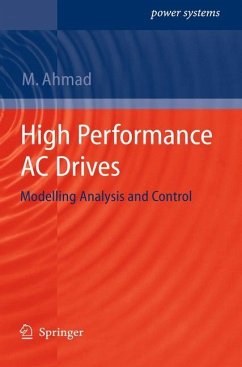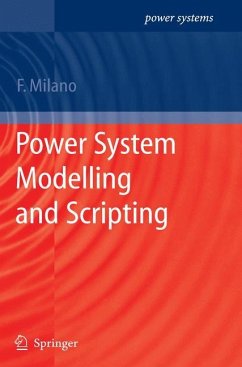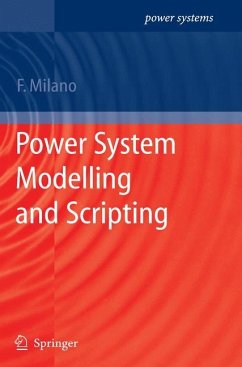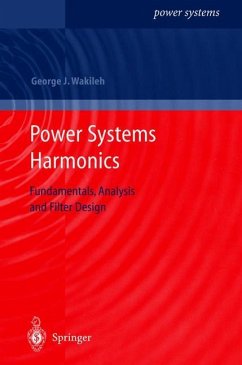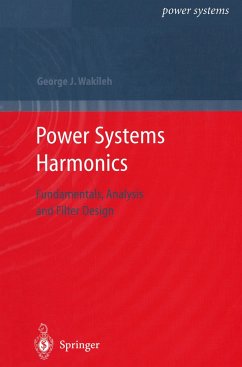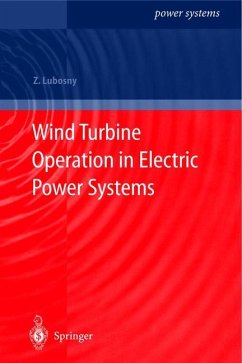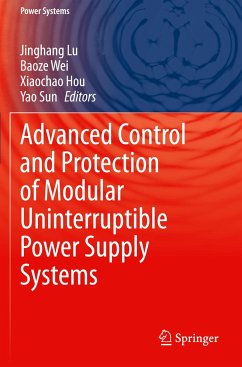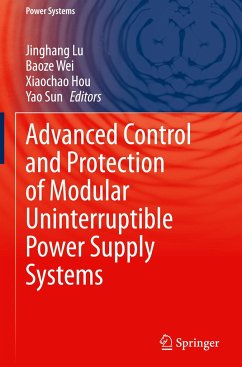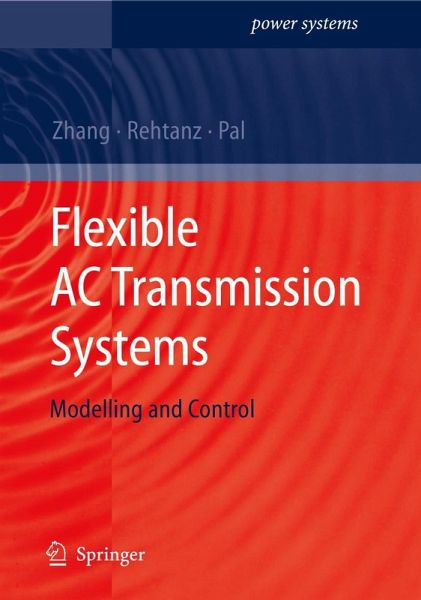
Flexible AC Transmission Systems: Modelling and Control
Versandkostenfrei!
Versandfertig in 6-10 Tagen
111,99 €
inkl. MwSt.
Weitere Ausgaben:

PAYBACK Punkte
56 °P sammeln!
process the - eration of the networks has beenpushedcloser towardsitstechnicallimits. Hence thestressonthesystemisconsiderablybiggerthaninthepast. Theefficientuseof all network elements is of prime interest to the network operator because the cost constraints have also become much tighter than in the past.
This monograph presents advanced modelling, analysis and control techniques of FACTS. These topics reflect the recent research and development of FACTS controllers, and anticipate the future applications of FACTS in power systems. The book covers comprehensively a range of power-system control problems: from steady-state voltage and power flow control, to voltage and reactive power control, to voltage stability control, to small signal stability control using FACTS controllers.
The book presents the modelling of the latest FACTS controllers for power flow control, compensation and power quality (IPFC, GUPF, VSC HVDC and M-VSCHVDC, etc.) in power system analysis. The selection is evaluated by the actual and likely future practical relevance of each. The material is derived mainly from the research and industrial development in which the authors have been heavily involved. The book is timely and of great value to power engineering engineers and students of modelling, simulations and control design of FACTS for a broad practical range of power system operation, planning and control problems.
The book presents the modelling of the latest FACTS controllers for power flow control, compensation and power quality (IPFC, GUPF, VSC HVDC and M-VSCHVDC, etc.) in power system analysis. The selection is evaluated by the actual and likely future practical relevance of each. The material is derived mainly from the research and industrial development in which the authors have been heavily involved. The book is timely and of great value to power engineering engineers and students of modelling, simulations and control design of FACTS for a broad practical range of power system operation, planning and control problems.





